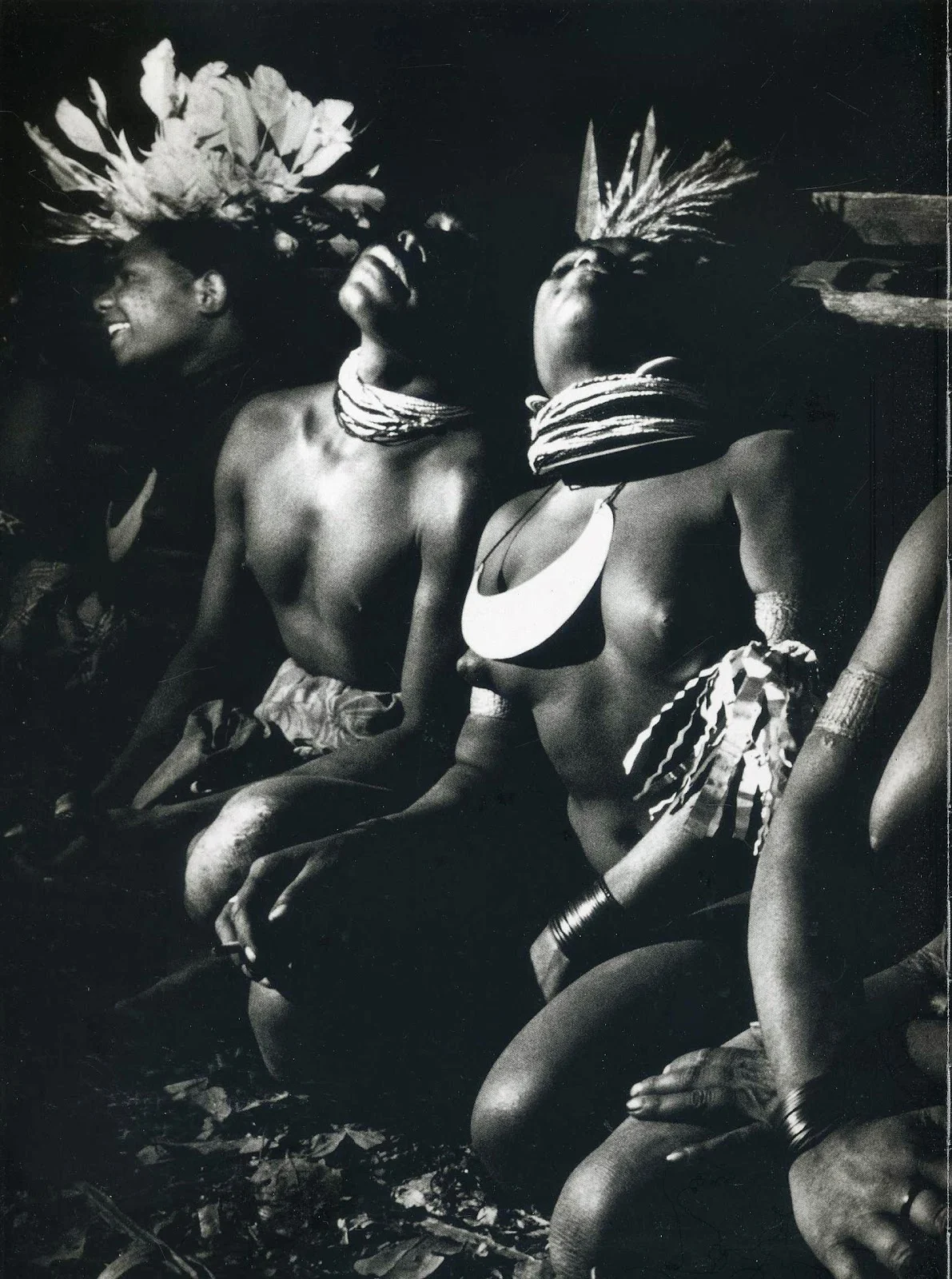Εκατομμύρια
τηλεθεατές θα δουν έναν νεαρό παραπληγικό να δίνει το εναρκτήριο λάκτισμα στο
Μουντιάλ 2014. Brain-controlled exoskeleton will allow paralyzed
teenager to kick off the World Cup 2014. Credit: Walk
Again Project
Στην
τελετή έναρξης του εφετινού Παγκόσμιου Κυπέλλου στο Σάο Πάουλο της Βραζιλίας,
ένας παραπληγικός νεαρός θα σηκωθεί από το αναπηρικό του αμαξίδιο, θα
περπατήσει μέχρι το κέντρο του γηπέδου και θα δώσει το εναρκτήριο λάκτισμα για
τους αγώνες.
Ρομποτικός
σκελετός που υπακούει στη σκέψη
The Walk Again
Project, a nonprofit collaboration dedicated to producing full-body
mind-controlled prosthetics, represents a collaboration between such academic
institutions as Duke University, the Technical University of Munich, the Swiss
Federal Institute of Technology in Lausanne, the Edmond and Lily Safra
International Institute of Neuroscience of Natal in Brazil, the University of
California at Davis, the University of Kentucky, the Duke Immersive Virtual
Environment facility.
Δεν
θα πρόκειται όμως για θαύμα -ο νεαρός θα φορά έναν ρομποτικό σκελετό που
υπακούει στη σκέψη, και θα μπορούσε να μετατρέψει τα αναπηρικά αμαξίδια σε
μουσειακά εκθέματα.
Ο
εξωσκελετός είναι το αποτέλεσμα πολυετών ερευνών στο πρόγραμμα Walk Again, μια
διεθνή προσπάθεια στην οποία συμμετέχουν μεγάλα ερευνητικά ιδρύματα στην
Ευρώπη, στις ΗΠΑ και στη Βραζιλία.
Miguel Nicolelis,
the Brazilian neuroscientist at Duke University who is leading the Walk Again
Project’s efforts to create the robotic suit, had this to say about the planned
event: We want to galvanize people’s imaginations. With enough political will
and investment, we could make wheelchairs obsolete.
Επικεφαλής
του προγράμματος είναι ο βραζιλιάνος Μιγκέλ Νικολέλις, νευροεπιστήμονας του
Πανεπιστημίου Duke στη Βόρεια Καρολίνα και πρωτοπόρος της τεχνολογίας σύνδεσης
του ανθρώπινου εγκεφάλου με μηχανές.
Small groups of
neurons, it seems, are surprisingly capable of communicating with digital
devices. Individual cells learn to communicate with computer algorithms more
effectively over time by changing their firing patterns, as revealed in a study
of a mouse’s brain published last year in Nature. This capacity for extensive
plasticity and the ability to learn comes in quite handy when designing a
prosthetic.
Το
2000, ο Νικολέλις παρουσίασε ένα σύστημα που καταγράφει την εγκεφαλική
δραστηριότητα ενός πιθήκου και αναπαράγει τις κινήσεις του με έναν ρομποτικό
βραχίονα. Πιο πρόσφατα, το 2013, πραγματοποίησε το πρώτο πείραμα σύνδεσης
ζωντανών εγκεφάλων με καλώδια, επιτρέποντας σε ένα πειραματόζωο να
αντιλαμβάνεται τα ερεθίσματα που δεχόταν ένα άλλο πειραματόζωο.
Η
προσέγγιση που ακολουθεί το πρόγραμμα Walk Again είναι παρόμοια. Ο χρήστης
στερεώνει τα πόδια του σε έναν μεταλλικό σκελετό και φορά ένα καπέλο με
ηλεκτρόδια, τα οποία καταγράφουν την εγκεφαλική δραστηριότητα και διαβιβάζουν
τα σήματα σε έναν υπολογιστή που φοριέται στην πλάτη.
Αναλύοντας
τα σήματα αυτά το λογισμικό του συστήματος αντιλαμβάνεται ποια κίνηση θέλει να
εκτελέσει ο χρήστης. Στέλνει έτσι εντολές σε υδραυλικούς κινητήρες οι οποίοι βρίσκονται
στο μεταλλικό πλέγμα που στηρίζει τα πόδια και αναλαμβάνουν να εκτελέσουν τις
κινήσεις αυτόματα.
Τα
πέλματα του χρήστη παραμένουν ακουμπισμένα σε επίπεδα στηρίγματα, τα οποία
φέρουν αισθητήρες στην κάτω επιφάνειά τους. Κάθε φορά που το στήριγμα αγγίζει
το έδαφος στέλνει σήμα σε μια συσκευή δόνησης που φοριέται στον βραχίονα και
ξεγελά τον εγκέφαλο ώστε να νομίζει ότι η δόνηση προέρχεται από τα πόδια.
Σε
δοκιμές σε συστήματα εικονικής πραγματικότητας, ο ασθενής είχε την αίσθηση ότι
τα πόδια του κινούνταν και άγγιζαν το δάπεδο. «Νιώθω ότι περπατάω στην παραλία,
ότι αγγίζω άμμο» δήλωσε ένας από τους εθελοντές της δοκιμής σύμφωνα με τον
Νικολέλις.
Ο
εξωσκελετός κινείται με τη βοήθεια μπαταριών που βρίσκονται στο σακίδιο πλάτης
μαζί με τον υπολογιστή και προσφέρουν περίπου δύο ώρες συνεχούς λειτουργίας.
Κινήσεις
ανθρώπινες, όχι ρομποτικές
German-made sensors
will relay a feeling of pressure when each foot touches the ground. And months
of training on a virtual-reality simulator will have prepared the teenager —
selected from a pool of 10 candidates — to do all this using a device that
translates thoughts into actions. In an interview with New Scientist, the lead
robotic engineer Gordon Cheng of the Technical University of Munich gave some
indication of how the suit works: The vibrations can replicate the sensation of
touching the ground, rolling off the toe and kicking off again. There’s so much
detail in this, it’s phenomenal.
«Οι
κινήσεις είναι πολύ ομαλές. Είναι ανθρώπινες κινήσεις, όχι ρομποτικές» λέει ο
Νικολέλις στην εφημερίδα The Guardian.
Τον
περασμένο μήνα, ο Νικολέλις και οι συνεργάτες του παρακολούθησαν ποδοσφαιρικούς
αγώνες στο Σάο Πάουλο προκειμένου να βεβαιωθούν ότι τα σήματα των κινητών
τηλεφώνων δεν επηρεάζουν τον εξωσκελετό.
Εκπαίδευση
εννέα παραπληγικών ασθενών
Για
την τελετή έναρξης του Παγκόσμιου Κυπέλλου, η οποία θα πραγματοποιηθεί στις 12
Ιουνίου στο στάδιο Arena Corinthians του Σάο Πάουλο, οι ερευνητές εκπαιδεύουν
εννέα παραπληγικούς ασθενείς, άνδρες και γυναίκες 20 έως 40 ετών, ένας από τους
οποίους θα επιλεχθεί για να δώσει το εναρκτήριο λάκτισμα των αγώνων.
Ο
Μιγκέλ Νικολέλις ενημερώνει για την προσπάθεια μέσω του προφίλ του στο Facebook, ενώ η ομάδα του
σχεδιάζει να λανσάρει αργότερα έναν ειδικό δικτυακό τόπο.
Η επίδειξη της τεχνολογίας στο Σάο Πάουλο είχε περιληφθεί από την επιθεώρηση
Nature στη λίστα με τις δέκα επιστημονικές εξελίξεις που μπορούμε να
περιμένουμε το 2014.


















































































